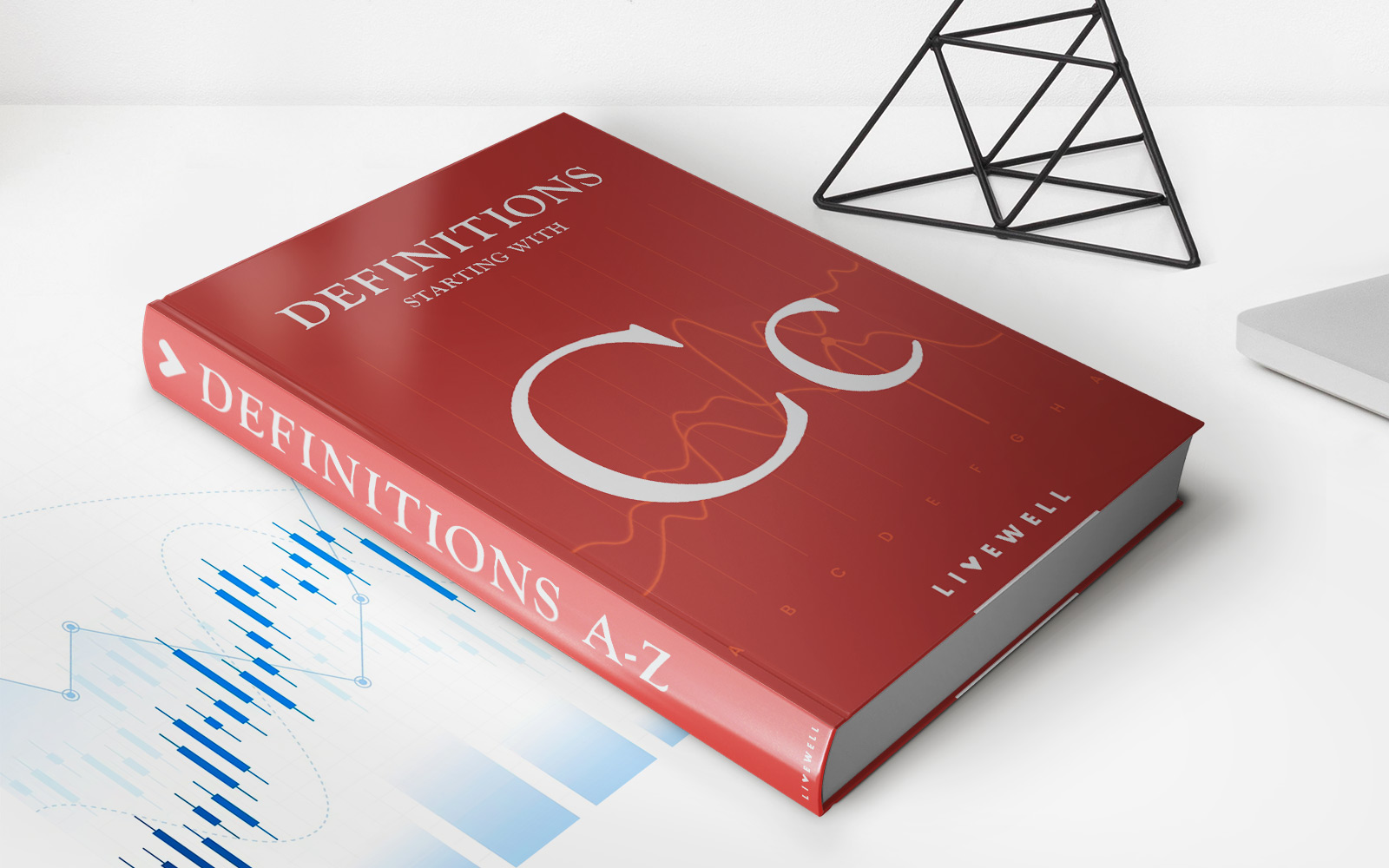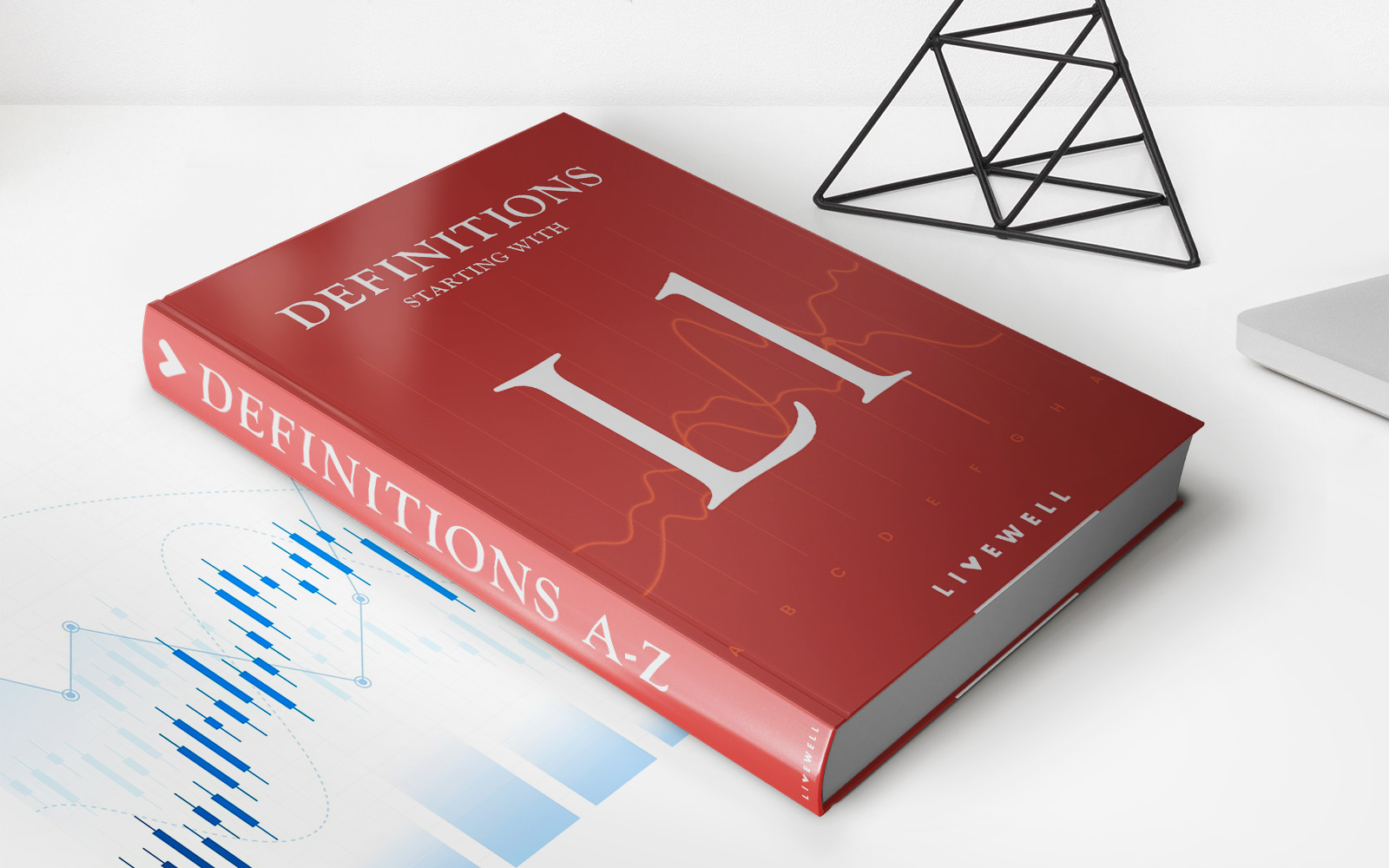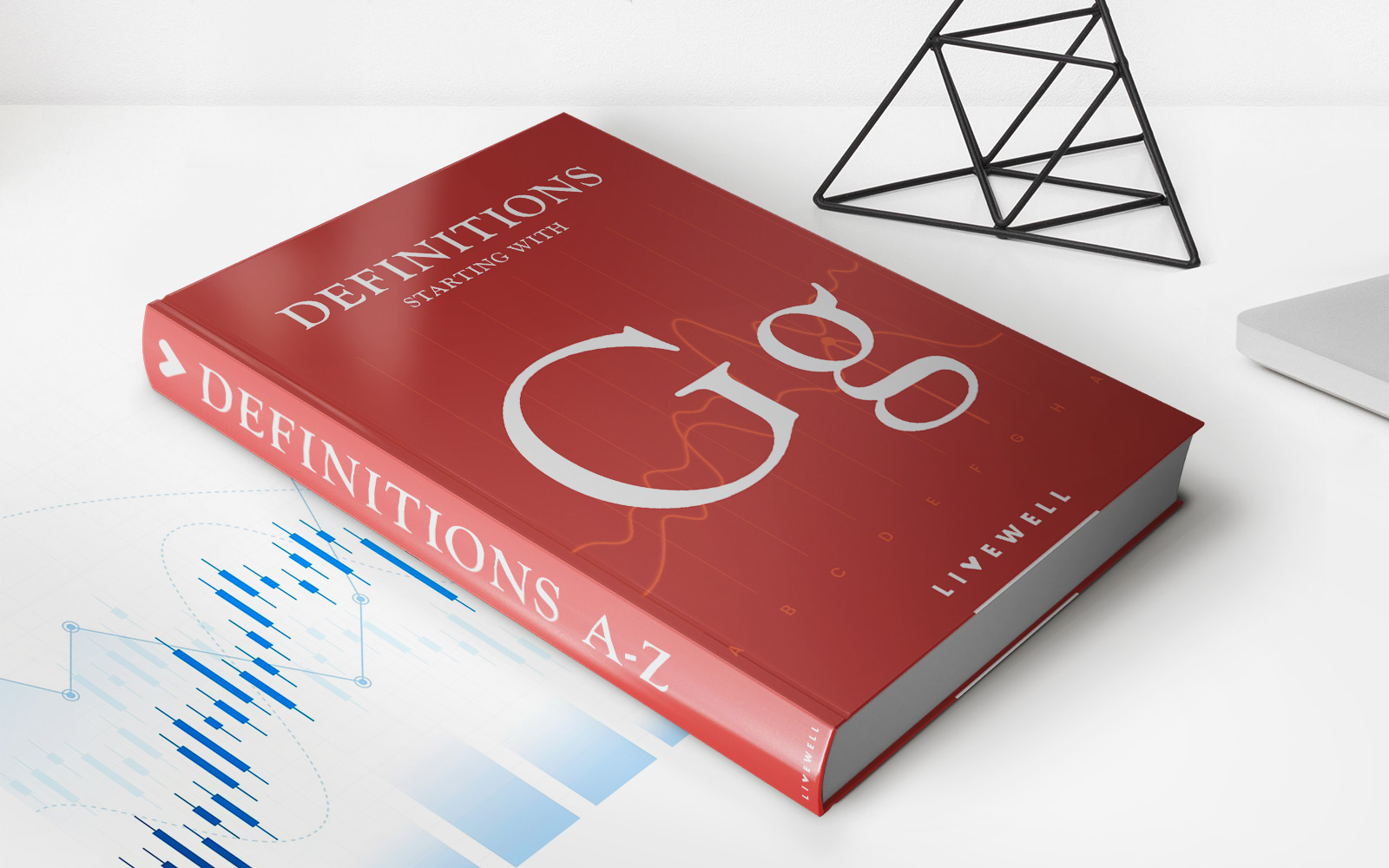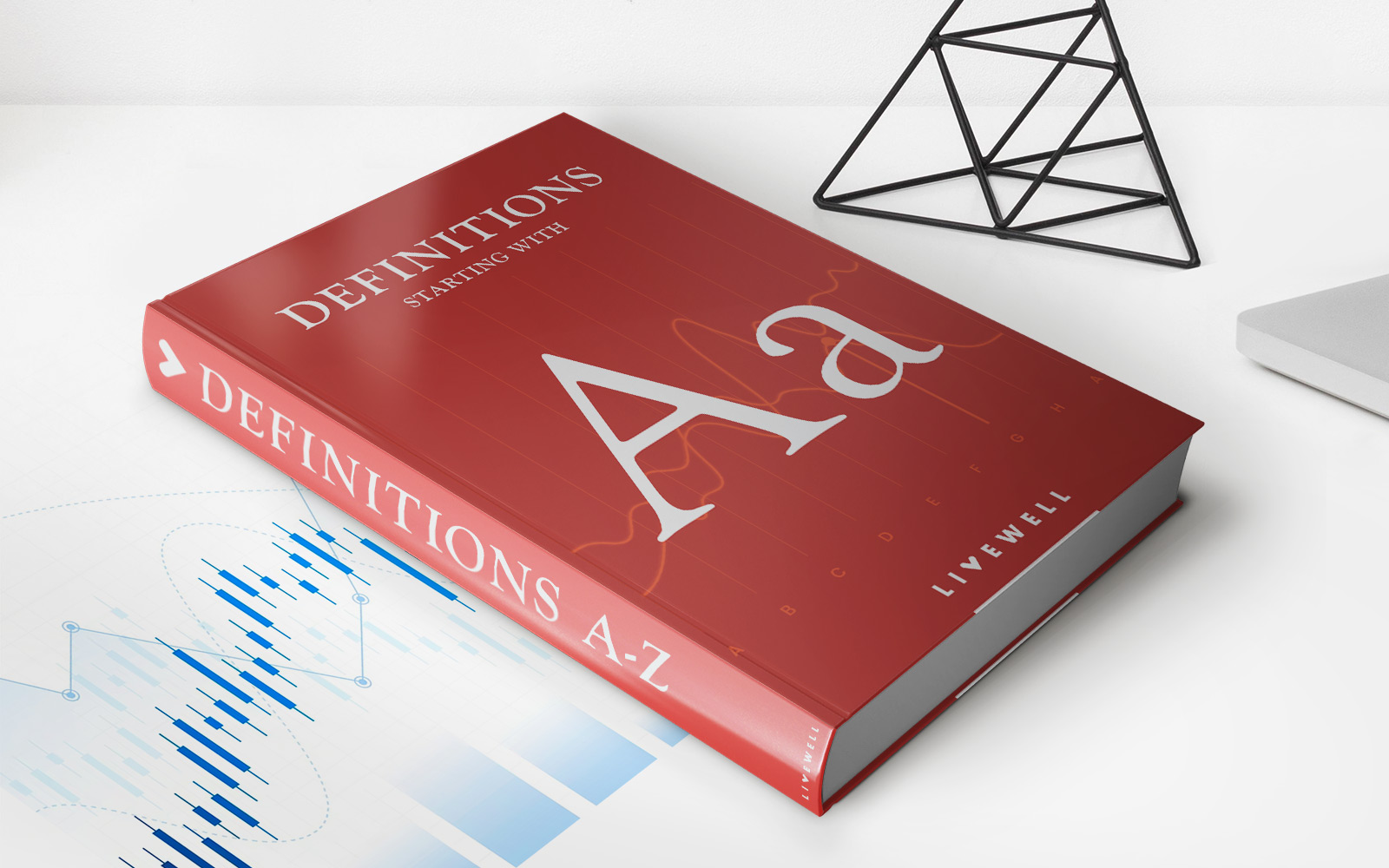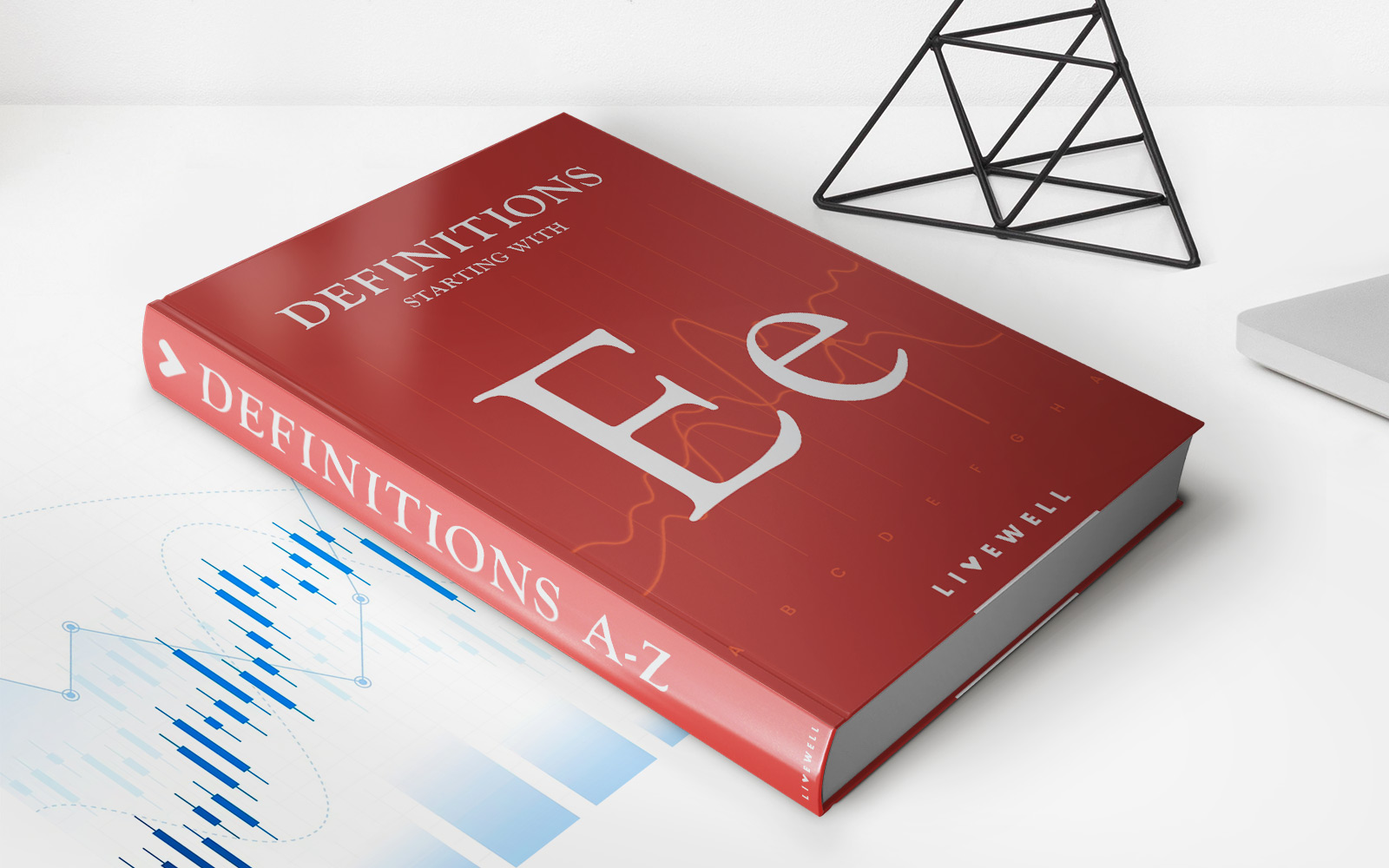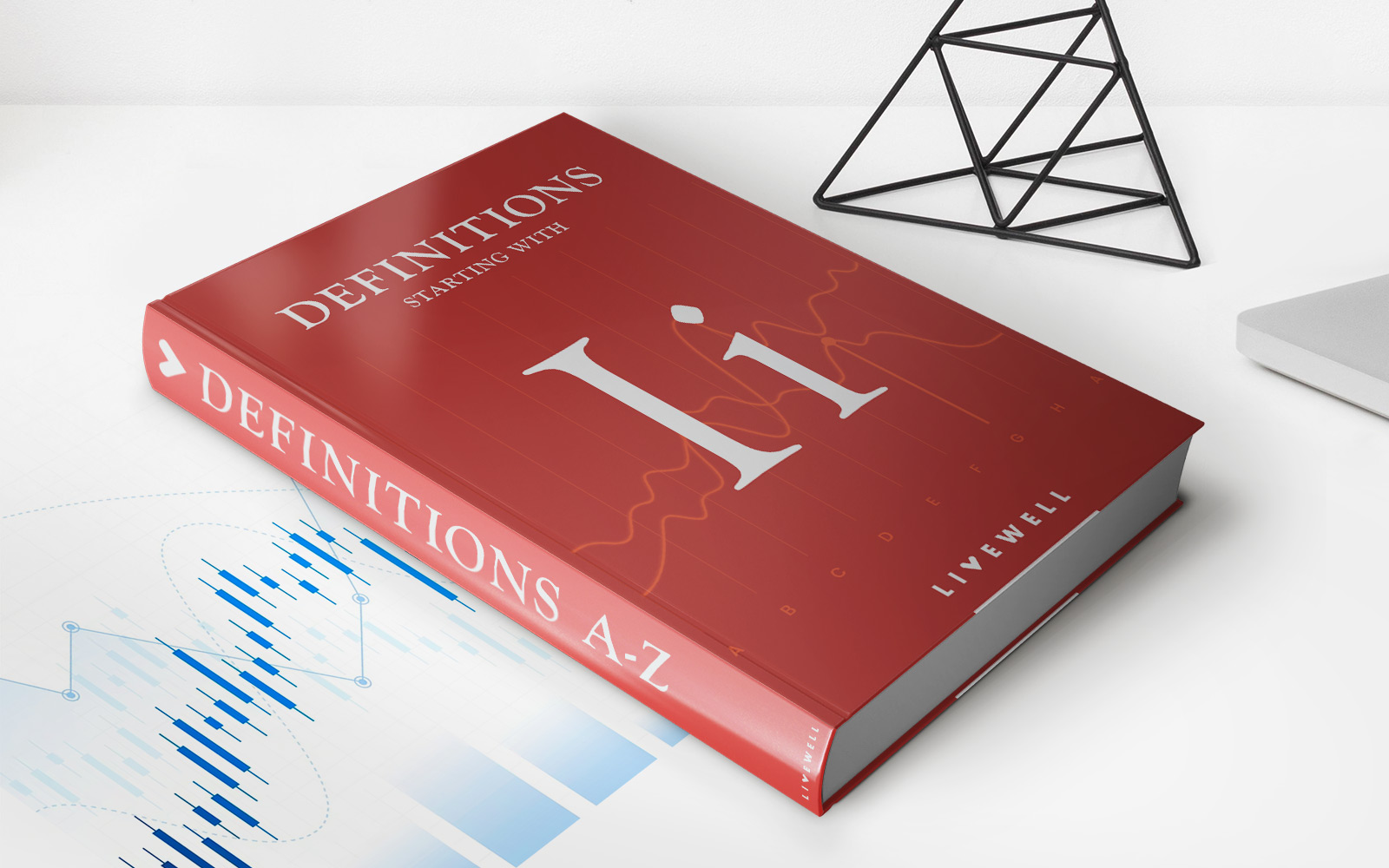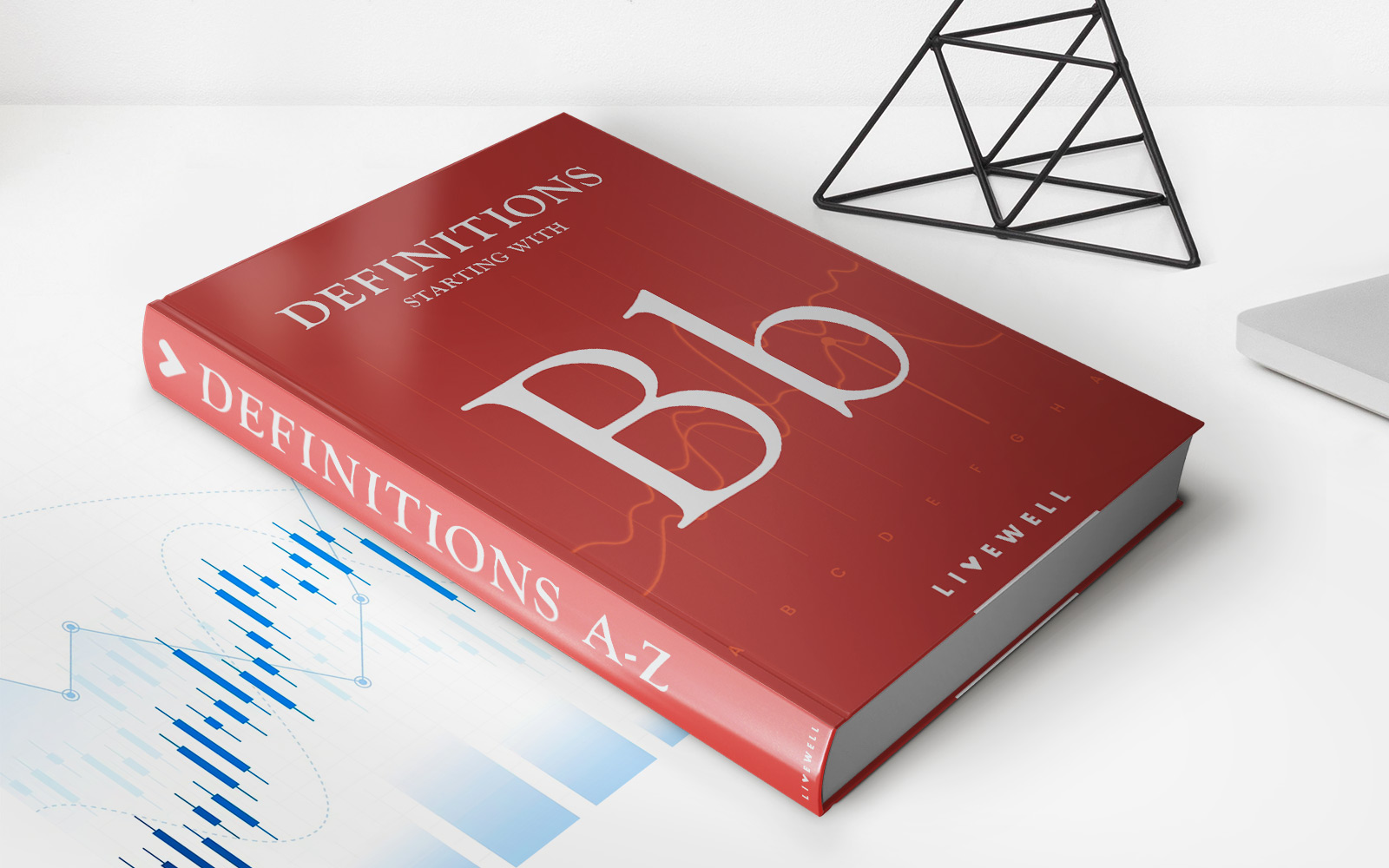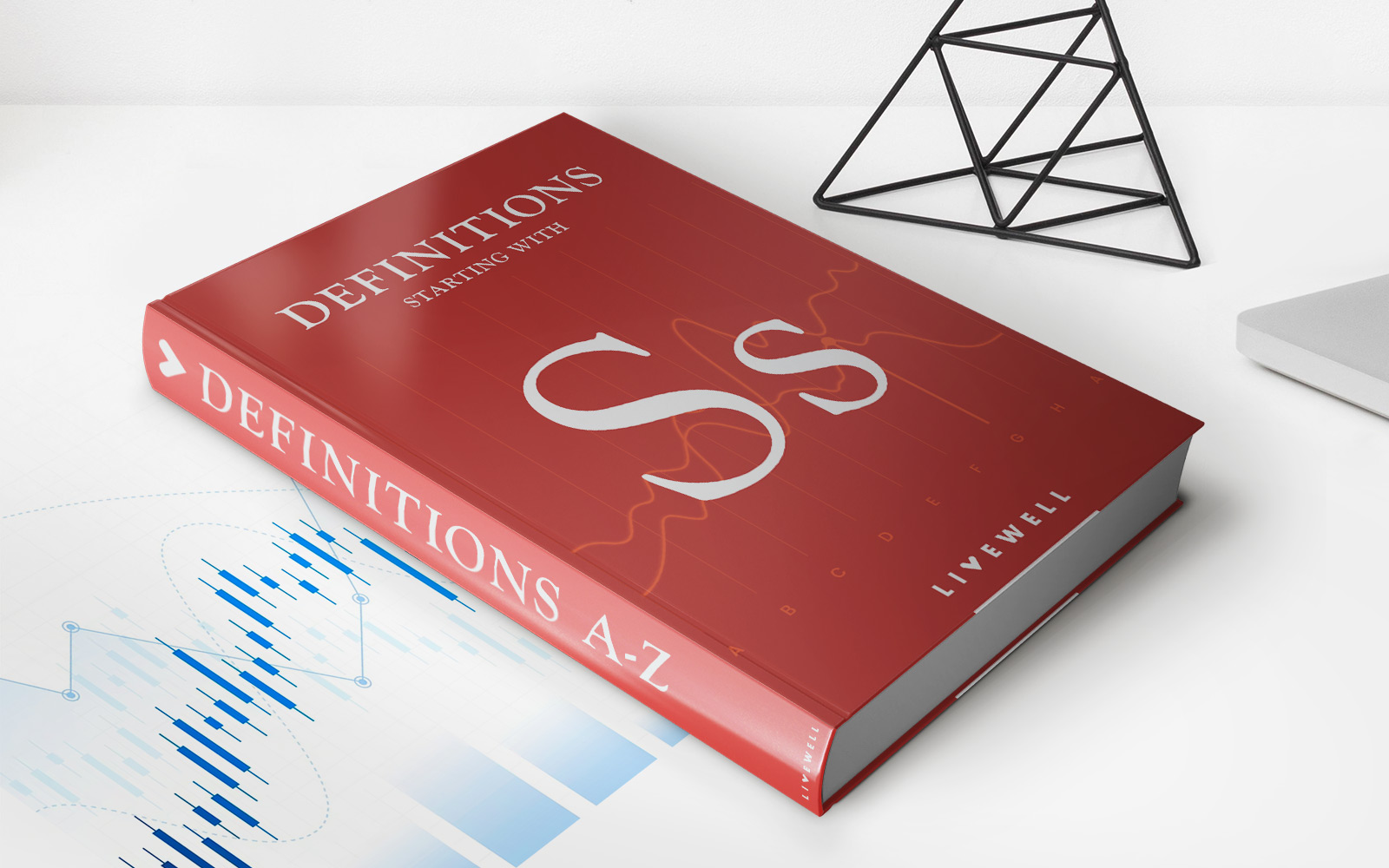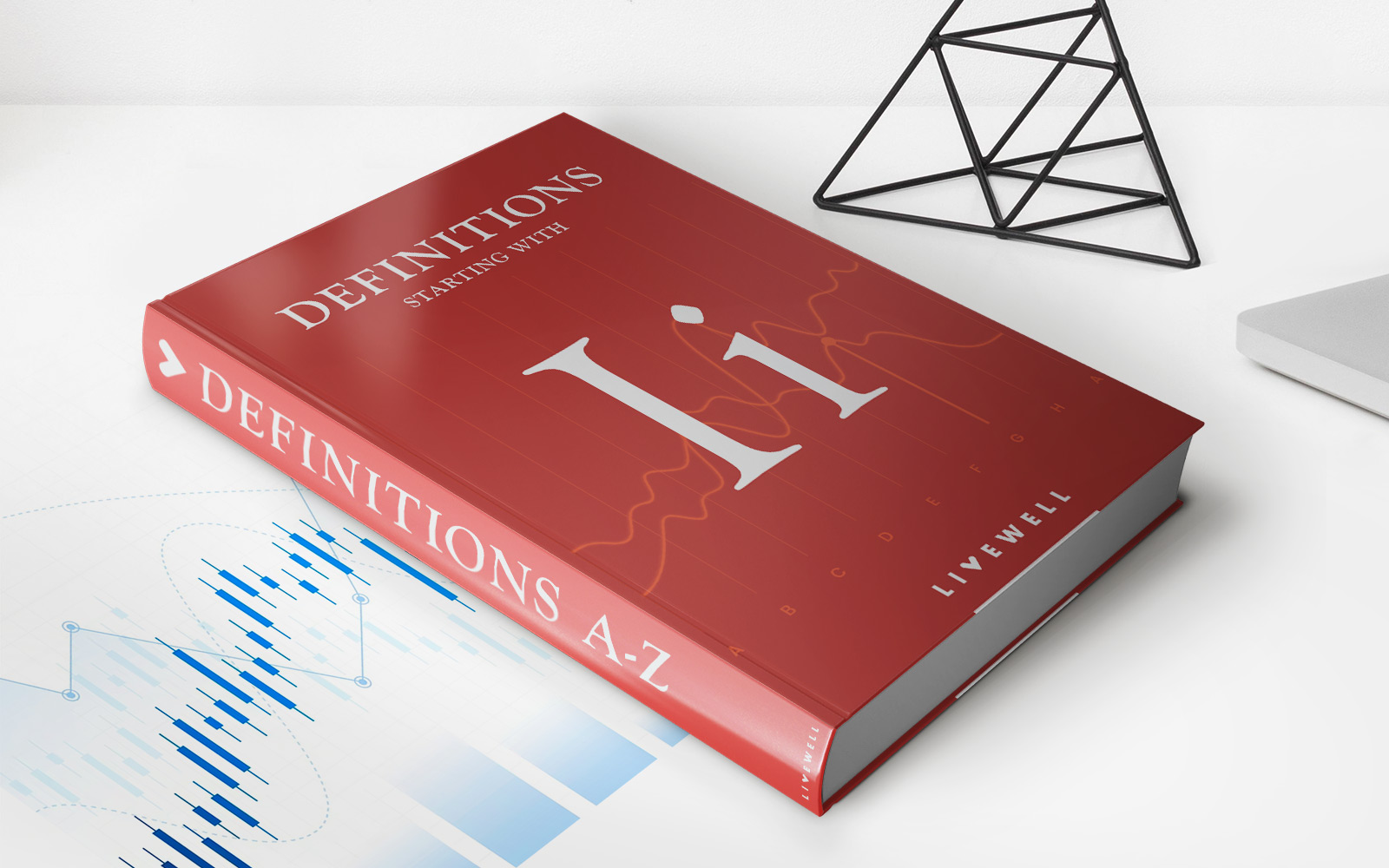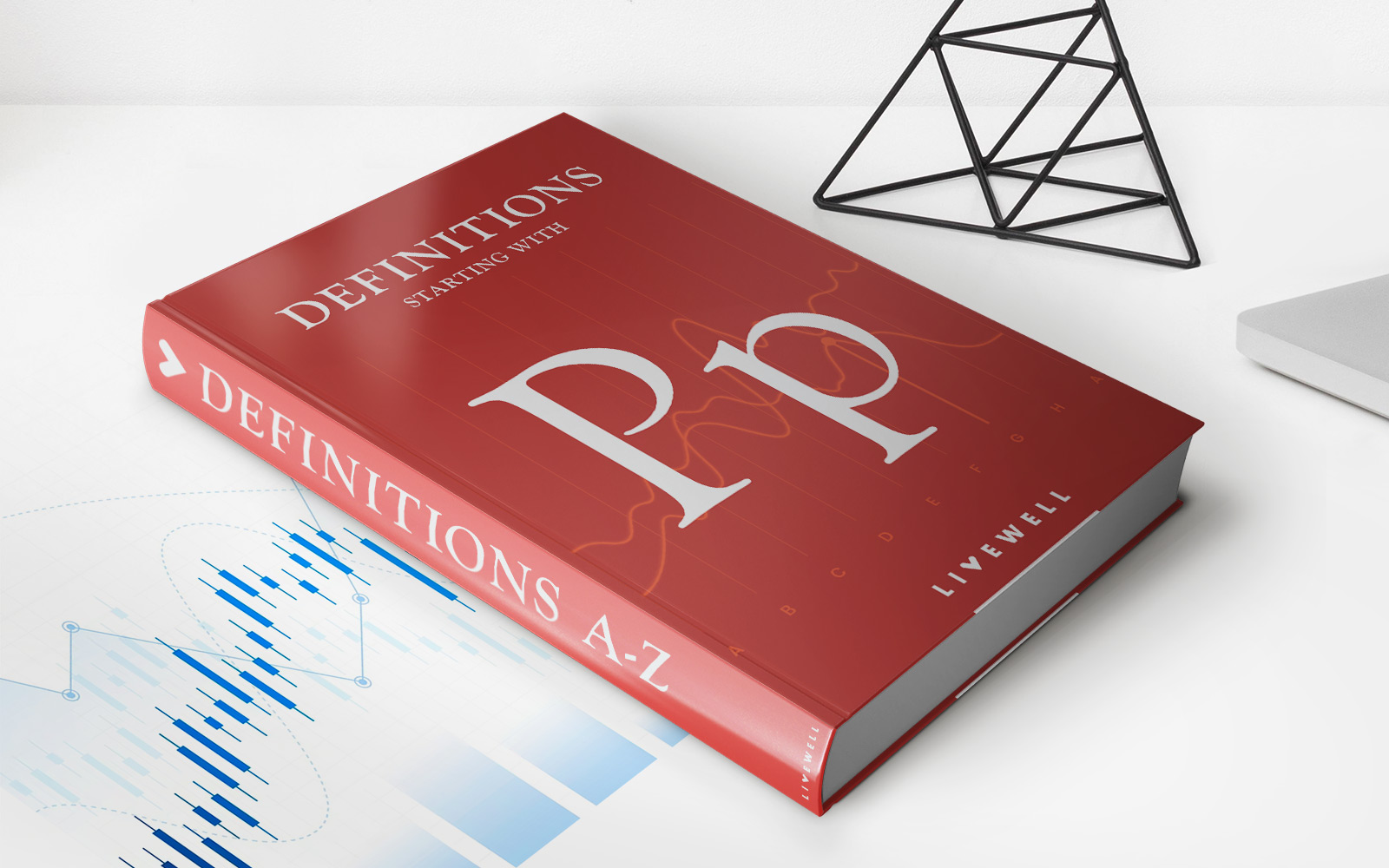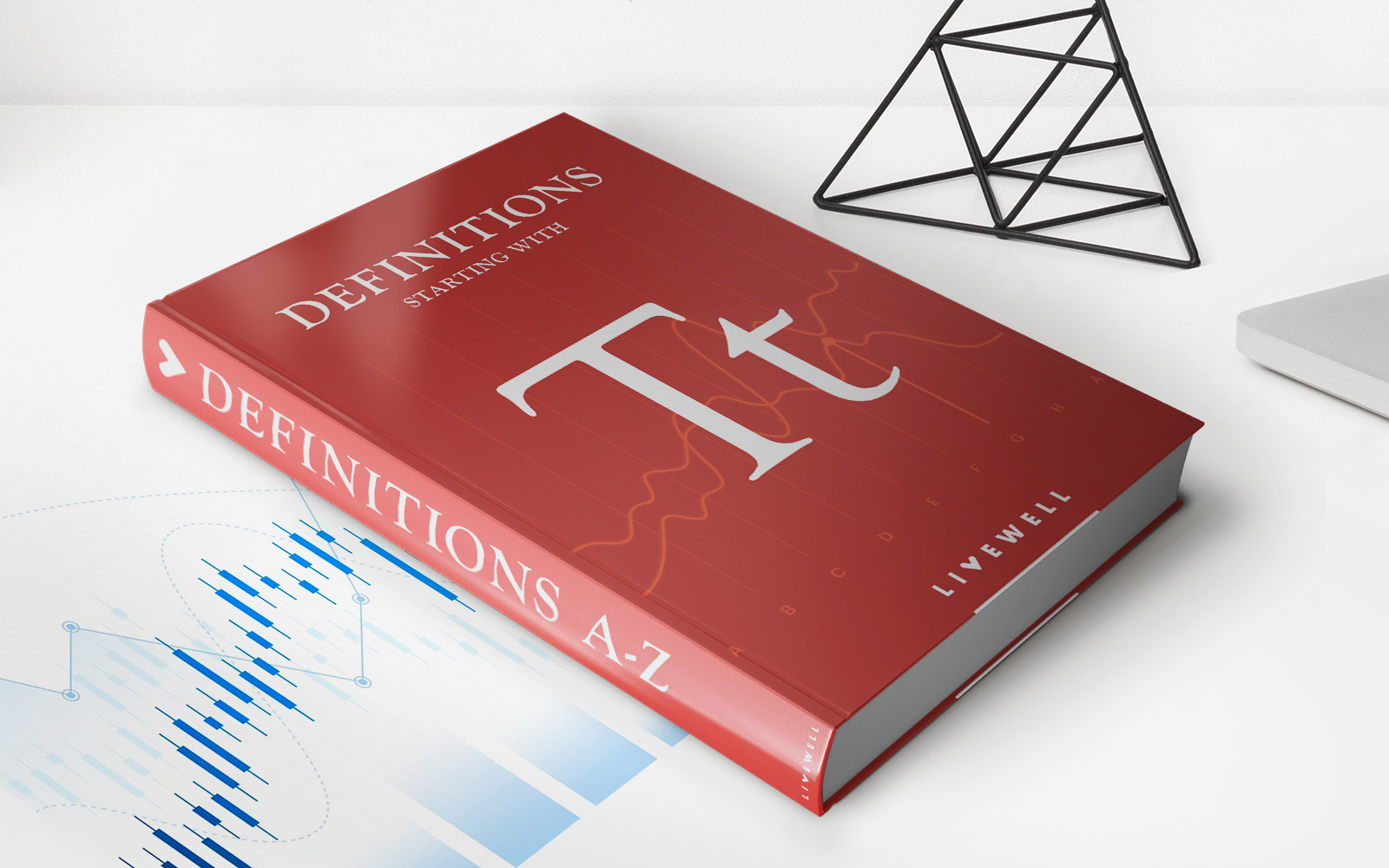

Finance
Cushion Bond Definition
Published: November 7, 2023
Discover the meaning of cushion bond in finance. Learn how this term relates to investments and the role it plays in managing risk effectively.
(Many of the links in this article redirect to a specific reviewed product. Your purchase of these products through affiliate links helps to generate commission for LiveWell, at no extra cost. Learn more)
What is a Cushion Bond?
When it comes to understanding the world of finance, there are many complex terms and concepts to grasp. Today, we will shed some light on a financial instrument known as a cushion bond. So, what exactly is a cushion bond?
A cushion bond, also known as a protected or defensive bond, is a type of investment that offers a certain level of protection to the investor. This bond provides a certain degree of cushion or buffer against potential losses. It is designed to provide a safety net in case the value of the underlying investment declines.
It’s important to note that a cushion bond is typically linked to another financial instrument, such as a stock or an index. The bond’s performance is directly tied to the performance of the underlying asset. So, if the value of the underlying asset falls below a predetermined level, the investor is protected from losses up to that level.
Key Takeaways:
- A cushion bond offers protection to investors against potential losses.
- It is typically linked to an underlying asset and provides a safety net if the value of that asset declines.
How Does a Cushion Bond Work?
Let’s dive deeper into the mechanics of a cushion bond. Imagine you are looking to invest in stocks but are concerned about potential market volatility. In this scenario, a cushion bond can provide the peace of mind you need.
Here’s how it works:
- You invest a certain amount of money in a cushion bond, which is tied to a specific underlying asset.
- The cushion bond includes a downside protection level, also known as a cushion level, which is predetermined.
- If the value of the underlying asset falls below the cushion level, the cushion bond kicks in and protects you from losses up to that level.
- If the underlying asset’s value falls even further, beyond the cushion level, the investor may experience losses.
- On the other hand, if the underlying asset’s value remains above the cushion level or increases, the cushion bond does not come into play, and the investor enjoys the potential upside.
By offering this layer of protection, a cushion bond allows investors to participate in the market while minimizing potential losses. It acts as a safety net, mitigating some of the risks associated with investing in volatile assets.
Benefits and Considerations of Cushion Bonds
So, what are the benefits and considerations associated with cushion bonds?
Benefits:
- Protection: The primary benefit of a cushion bond is the protection it offers against potential losses. Investors can have peace of mind knowing that their downside is limited up to the cushion level.
- Market Participation: Cushion bonds allow investors to participate in the market, even during times of volatility. Instead of sitting on the sidelines, they can take advantage of potential upside while their investment is protected.
- Diversification: Cushion bonds provide an opportunity for diversification within an investment portfolio. By adding cushion bonds to their holdings, investors can balance their risk exposure and potentially reduce their overall portfolio volatility.
Considerations:
- Cost: Cushion bonds may come with higher expenses compared to other types of bonds. It’s essential to carefully evaluate the costs associated with investing in cushion bonds and weigh them against the potential benefits.
- Complexity: Cushion bonds can be complex financial instruments, and understanding their intricacies may require a deeper knowledge of the underlying assets and market conditions. It’s important to seek professional advice before investing in cushion bonds.
- Market Conditions: The performance of cushion bonds is directly linked to the performance of the underlying asset. If the market experiences severe declines or extreme volatility, the effectiveness of the cushion bond’s protection may be limited.
In conclusion, a cushion bond is a financial instrument that offers protection to investors against potential losses. It provides a safety net by limiting downside risk up to a predetermined level. By understanding the mechanics, benefits, and considerations of cushion bonds, investors can decide whether this type of investment aligns with their financial goals and risk tolerance.
